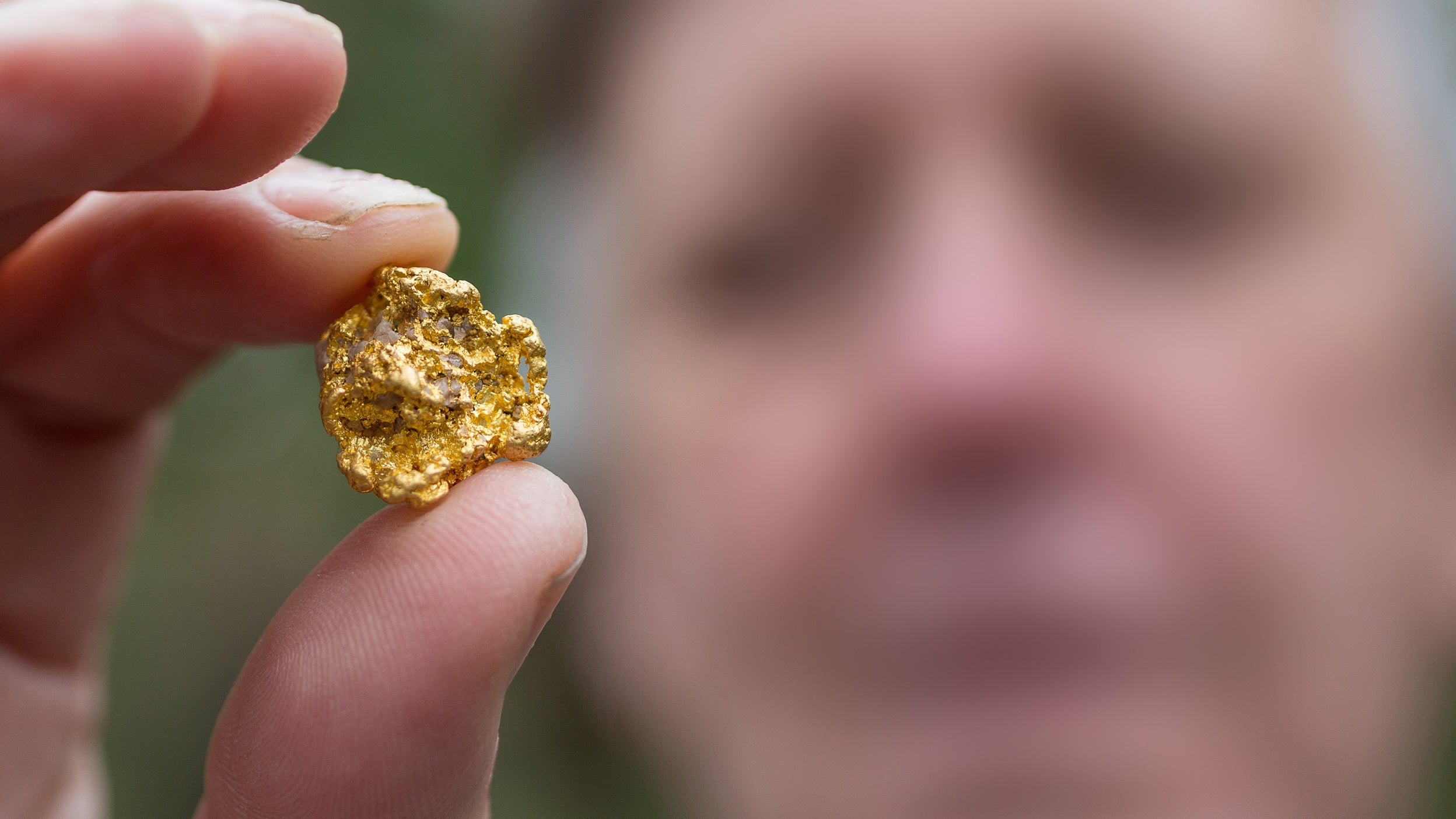Overall demand increased marginally in Q1, up 0.2% versus the previous quarter. Despite the accelerated sell-off in gold-backed ETFs, retail investment demand stepped up considerably (339.5 tonnes), having its best quarter since the 360.4 tonnes of physical gold bars and coins purchased in Q4 2013. Demand for gold used in technological applications was slightly lower (3.3% quarter-on-quarter) but was more than offset by increased purchases by central banks.
The 815.7 tonnes of total gold demand in Q1 was 23% lower on a year-on-year basis as the pandemic remained the dominant factor driving supply and demand. Its impact, however, is starting to diminish as vaccination programmes roll out and the economic outlook and consumer confidence have both improved.



